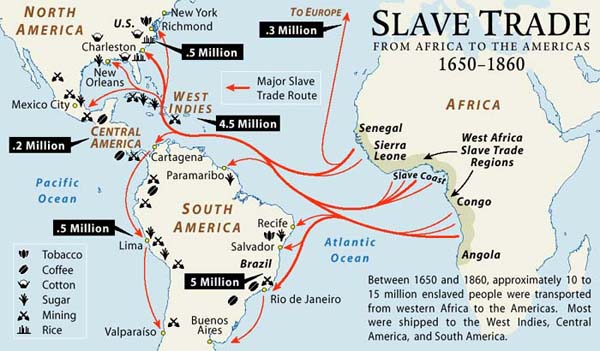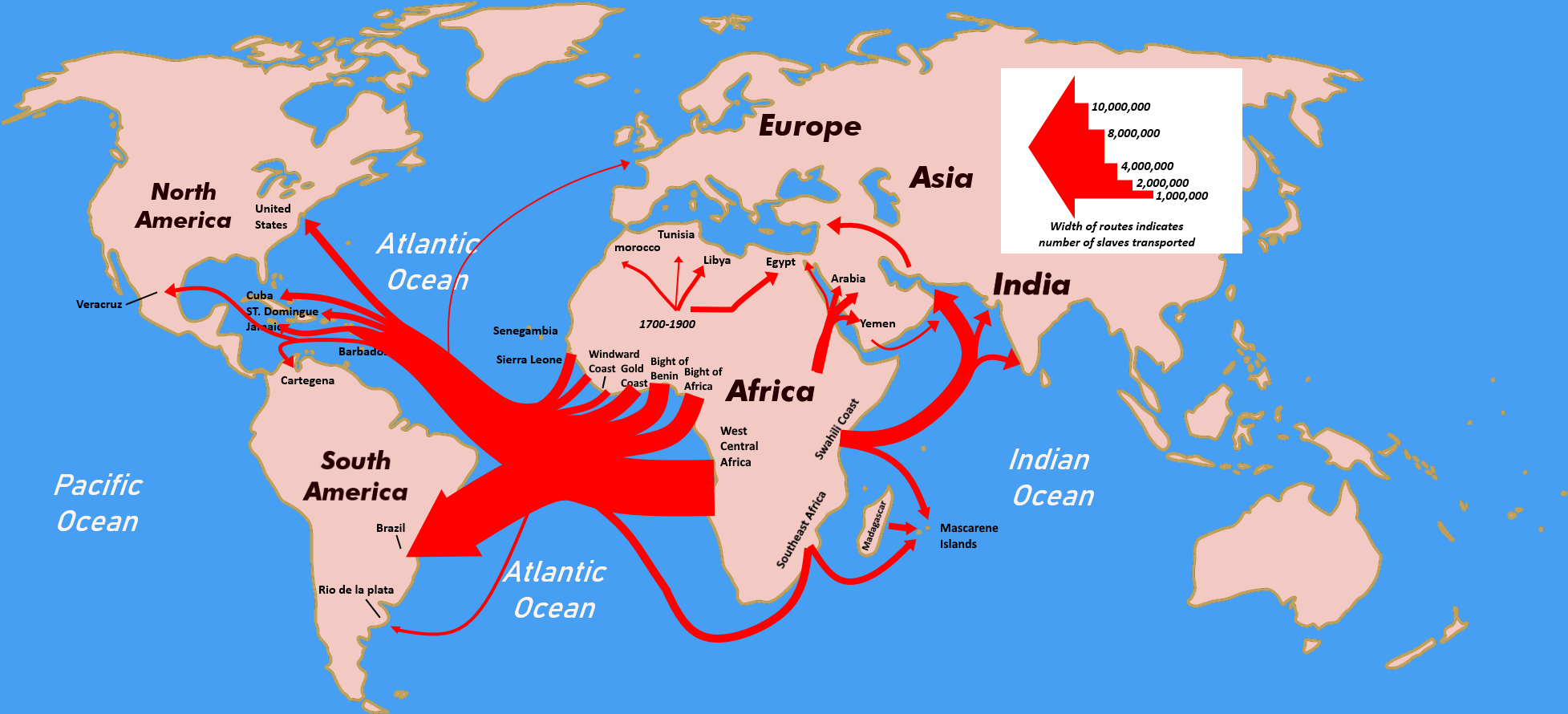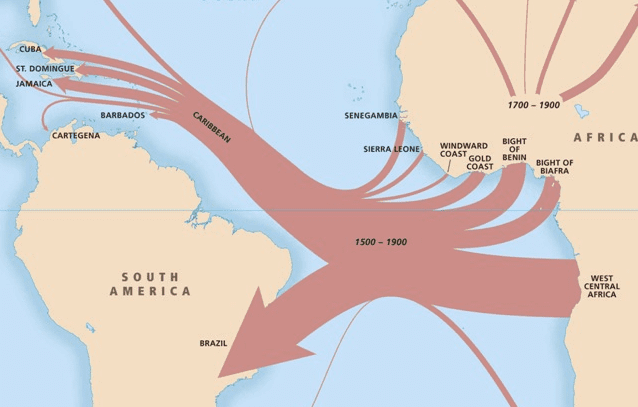Maps Of Slave Trade – As examples of urban-based slave-owners, we have compiled two maps: one shows the addresses of each recipient of slave-compensation who lived in the Fitzrovia area of London in the 1830s; and a second . In the first century of the Atlantic slave trade, 1500 to 1600, Spain and Portugal were the stronger military powers. They controlled the Atlantic slave trade completely. During the 17th century .
Maps Of Slave Trade
Source : www.slavevoyages.org
Map of the Week: Slave Trade from Africa to the Americas 1650 1860
Source : blog.richmond.edu
Introductory Maps to the Transatlantic Slave Trade
Source : www.slavevoyages.org
File:African Slave Trade.png Wikimedia Commons
Source : commons.wikimedia.org
Introductory Maps to the Transatlantic Slave Trade
Source : www.slavevoyages.org
Voyages: The Transatlantic Slave Trade Database | National
Source : www.neh.gov
Echoes: The SlaveVoyages Blog
Source : www.slavevoyages.org
Mapping The Slave Trade: The New Archive (No. 10) Not Even Past
Source : notevenpast.org
Echoes: The SlaveVoyages Blog
Source : www.slavevoyages.org
Slave Trade Routes 1400s 1800s (U.S. History Wall Maps): Kappa
Source : www.amazon.com
Maps Of Slave Trade Echoes: The SlaveVoyages Blog: Get access to the full version of this content by using one of the access options below. (Log in options will check for institutional or personal access. Content may require purchase if you do not . Entrenched racism among Europeans meant that slavery took on a racial tone. Ideas of racial differences made it easier to justify slavery. The enslavement of Africans was justified by the belief .









